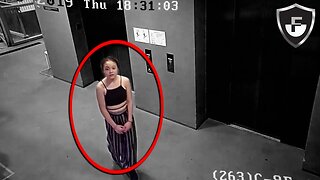Premium Only Content
This video is only available to Rumble Premium subscribers. Subscribe to
enjoy exclusive content and ad-free viewing.

the non-native Caulerpa multiplied rapidly
2 years ago
1
Further selective breeding made it even heartier,and soon it was used in aquariums around the world.But it was not long before a sample of this aquarium-developed super algae turned up in the Mediterranean Sea near the famed Oceanographic Museum of Monaco.The marine biologist who found it believed that the museum had accidentally realeased it into the ocean along with aquarium waters,while museum directors claimed it had be carried into the area by ocean currents. Regardless of how it ended up there, the non-native Caulerpa multiplied rapidly, having no natural predators due to releasing a toxin that keeps fish away.
Loading comments...
-
 21:24
21:24
marcushouse
7 hours agoStarship Flight 10: Go or No? 🚀
1924 -
 5:40
5:40
WhaddoYouMeme
3 days ago $0.10 earnedThey’re Calling This the End of Masculinity
4284 -
 15:24
15:24
Tactical Advisor
16 hours agoBest 2011 of 2025 | Bul Armory Ultralight Pro
829 -
 27:31
27:31
True Crime | Unsolved Cases | Mysterious Stories
2 days agoThe Hong Kong Schoolgirl Mystery – 5 Mysterious Unsolved Cases (Part 8)
1711 -
 7:19
7:19
China Uncensored
22 hours agoChina is DONE in the South China Sea
2.35K11 -
 LIVE
LIVE
Joe Donuts Live
3 hours ago🟢 Loot Rats Unleashed: Arena Breakout Chaos! | Joe + Tony + Vlad
457 watching -
 30:37
30:37
Degenerate Plays
15 hours agoThis College Is Out Of Control - GTA Online : Part 9
40 -
 16:28
16:28
Mrgunsngear
2 days ago $0.49 earnedBeretta 92XI SAO Sabbia Review - A Few Surprises
3.46K5 -
 1:48
1:48
Memology 101
1 day agoThis aged like milk for Tish James...
6846 -

Boxin
2 hours agoGrounded! part 5
8.88K